
About this Event
Our certification teaches participants the six phases of the world-class Rummler- Brache methodology with an emphasis on Phase 0: Performance Improvement Planning, Phase 1: Project Definition, and Phase 2: Process Analysis and Design.
By the end of the workshop, you will be able to:
- Identify critical business issues and accurately weigh their implications
- Forge a strong link between strategy and process design
- Communicate the powerful value proposition underlying process improvement
- Follow a field-tested, scalable, comprehensive improvement methodology
- Instill discipline and structure into the process improvement analysis and design
- Ensure successful, measurable outcomes on process
- Resolve nagging white space issues
- Master proven tools and best practices
- Avoid the common pitfalls of process improvement projects
- Incorporate all three aspects of effective change—analysis,design, and implementation
- Design an integrated hierarchy of measures that ensures synchronisation and alignment
- Practice techniques for continuous performance improvement
- Develop a distinct, competitive edge by applying the Rummler-Brache methodology
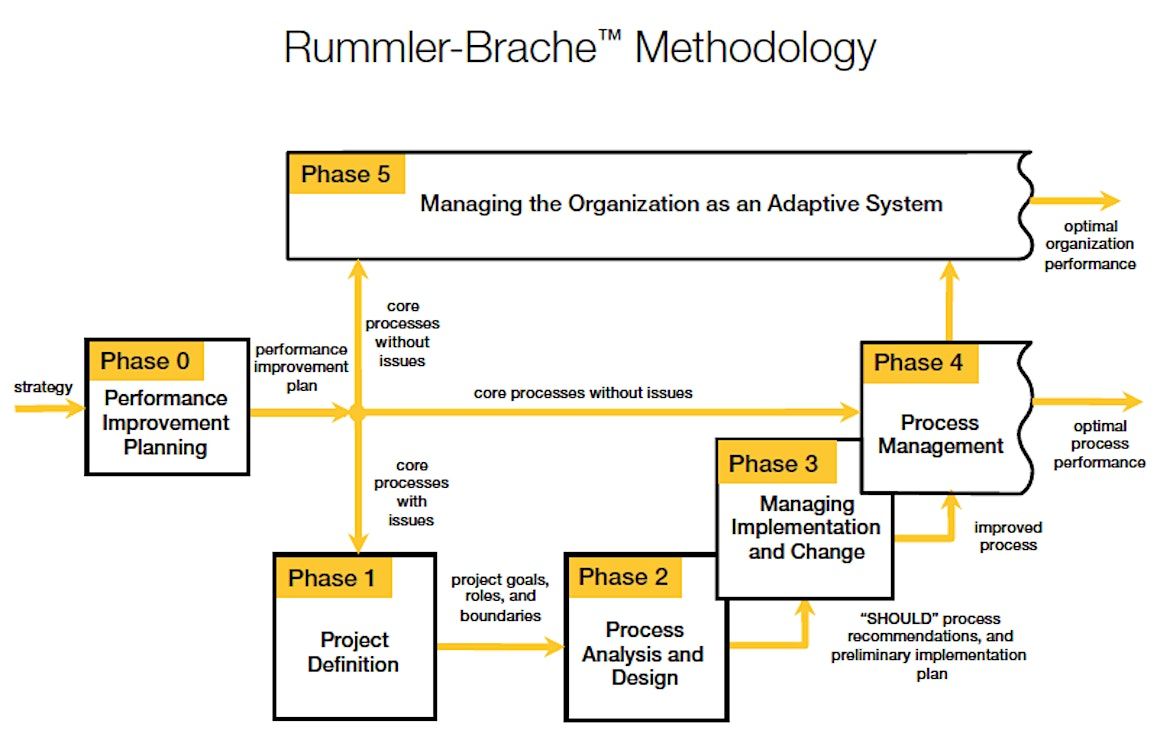
We teach our workshop participants how to improve all Three Levels of Performance:
- The Organizational Level (where strategy is established)
- The Process Level (where workflows are streamlined)
- The Job/Performer Level (where individuals do the work)
Typical improvement campaigns (i.e. customer focus, process redesign, TQM, cost reduction, cycle-time reduction, Six-Sigma) focus on only one level. As a result, these efforts do not optimize overall results. In fact, they can do more harm than good if the “fixes” in one area create unintended, negative side effects elsewhere.
Breakthroughs occur when leaders address all Three Levels of Performance and manage the whole system, not just tinker with a few of its parts.
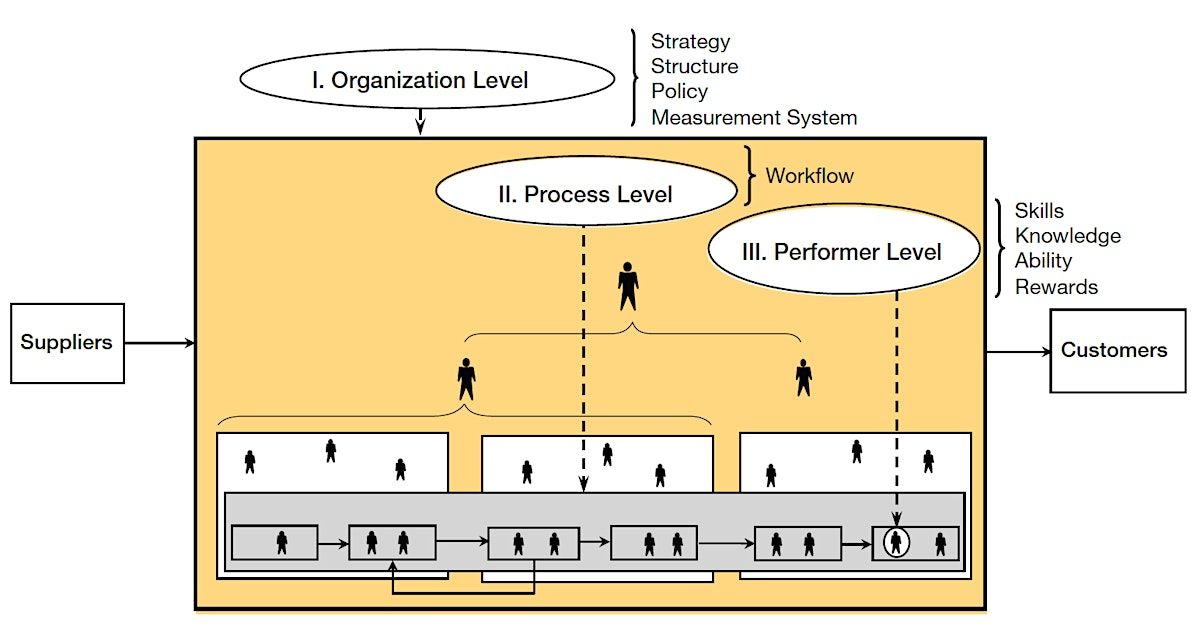
The Three Levels of Performance constitute one dimension of the Rummler-Brache framework. The second dimension—Performance Needs—is comprised of three factors that determine effectiveness at each level (and the effectiveness of any system).
At each level:
- Clear, linked goals ensure alignment
- Robust design maximizes efficiency
- Good management systems facilitate continuous improvement
Together, the three levels and three dimensions from the Rummler-Brache Performance™ Matrix:

The nine questions in our matrix, when properly addressed, can help a business transition from a collection of functional silos into one efficient “process-managed organization.”
Many organizations become preoccupied with goals such as customer satisfaction, quality, cycle time, innovation, and employee empowerment. While these goals can lead to higher performance, they should not be taken as ends in themselves—improvements in these areas do not automatically translate into financial gains.
The Rummler-Brache™ methodology links key metrics together to show the cause and effect between decisions and economic outcomes. The linkage enables leaders to manage the system and the bottom line.
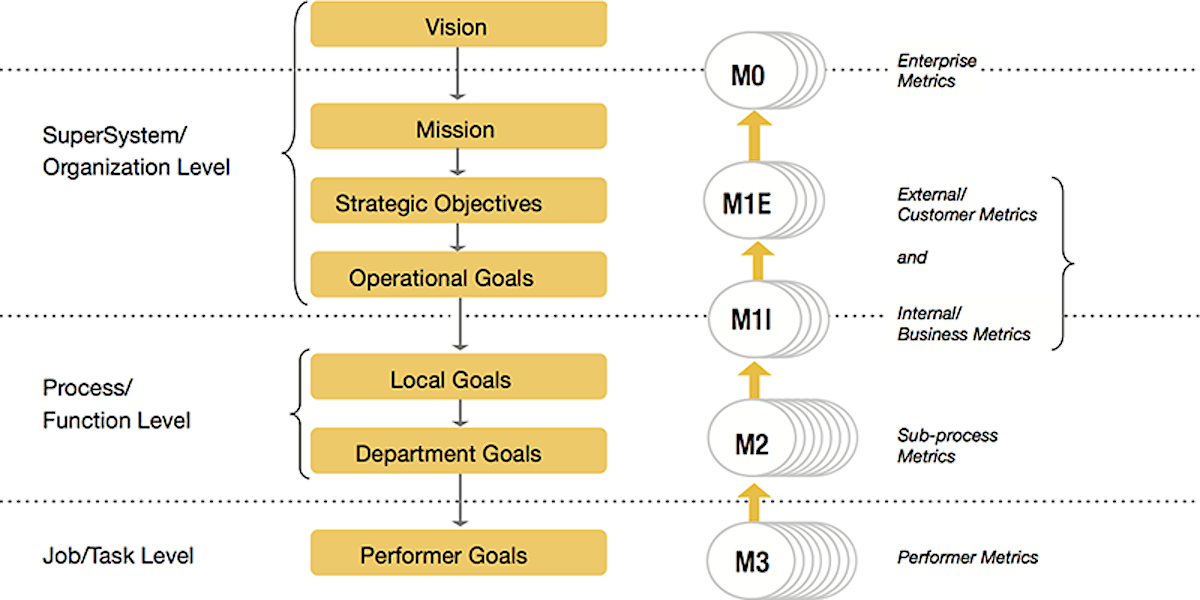
The Process Improvement Certification Workshop also teaches attendees how to analyze the HPS and identify where changes will provide the greatest benefit. For most companies, over 80% of improvement opportunities in the HPS are located in the environment. And less than 20% of opportunities are found in the areas of individual capacities and knowledge/skill. These numbers suggest organizations tend to over-manage their people and under-manage the environment in which they work.
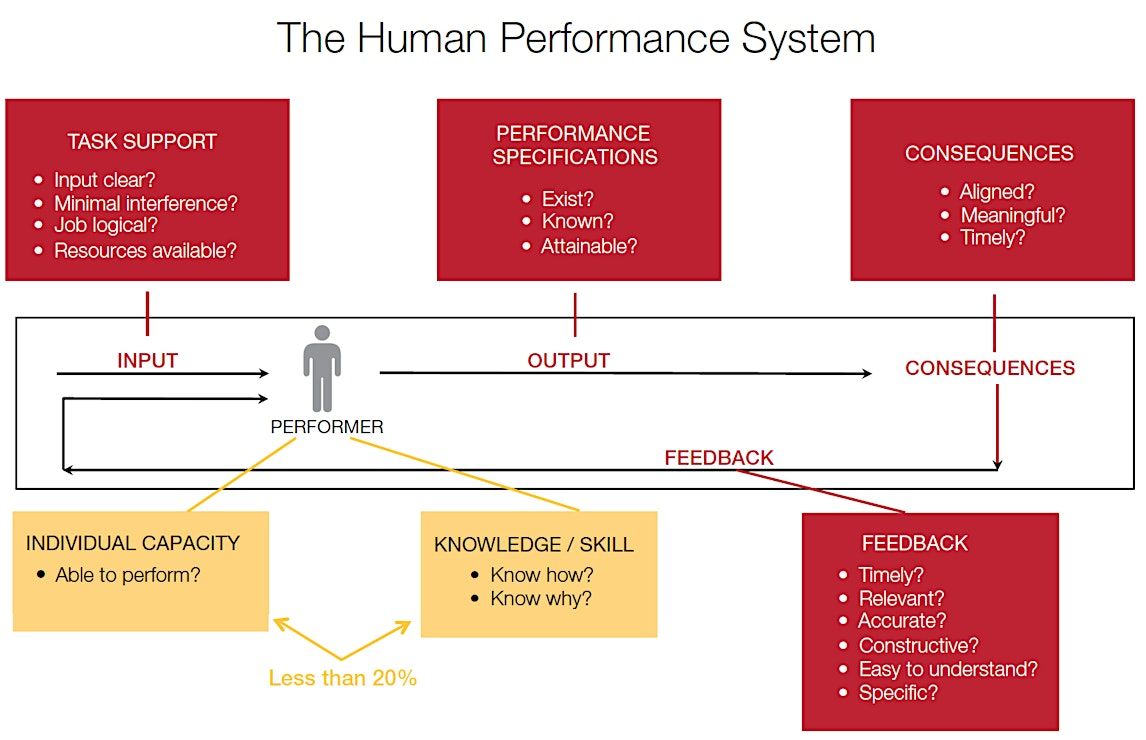
Workshop exercises
Attendees examine case studies and acquire hands-on experience creating maps that answer the why, what, who, and how of process improvement:
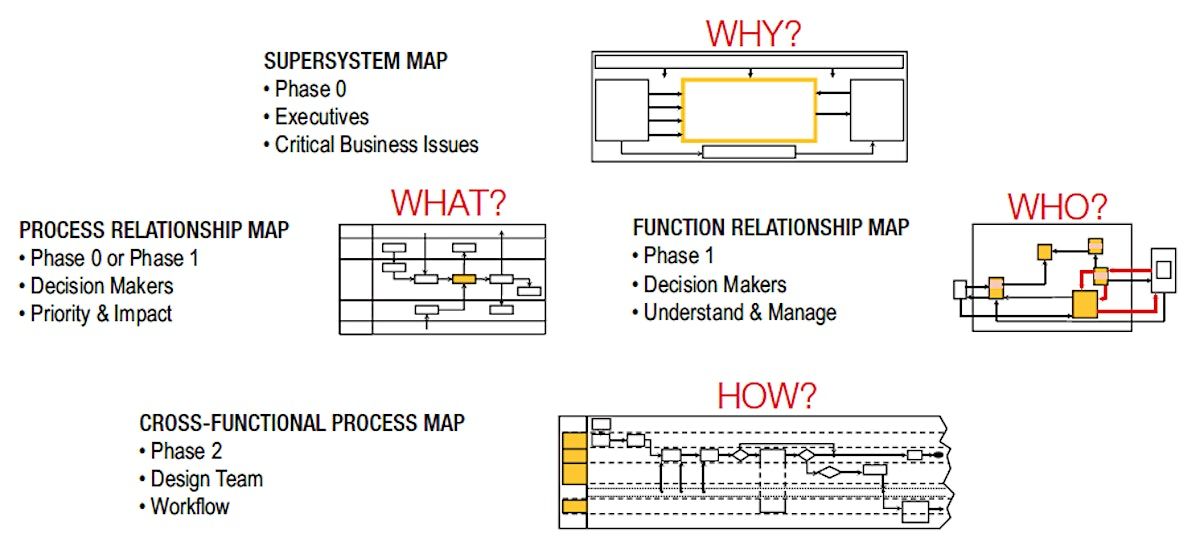
Event Venue & Nearby Stays
Federal Territory of Kuala Lumpur, Federal Territory of Kuala Lumpur, Kuala Lumpur, Malaysia
USD 5000.00 to USD 17400.00












